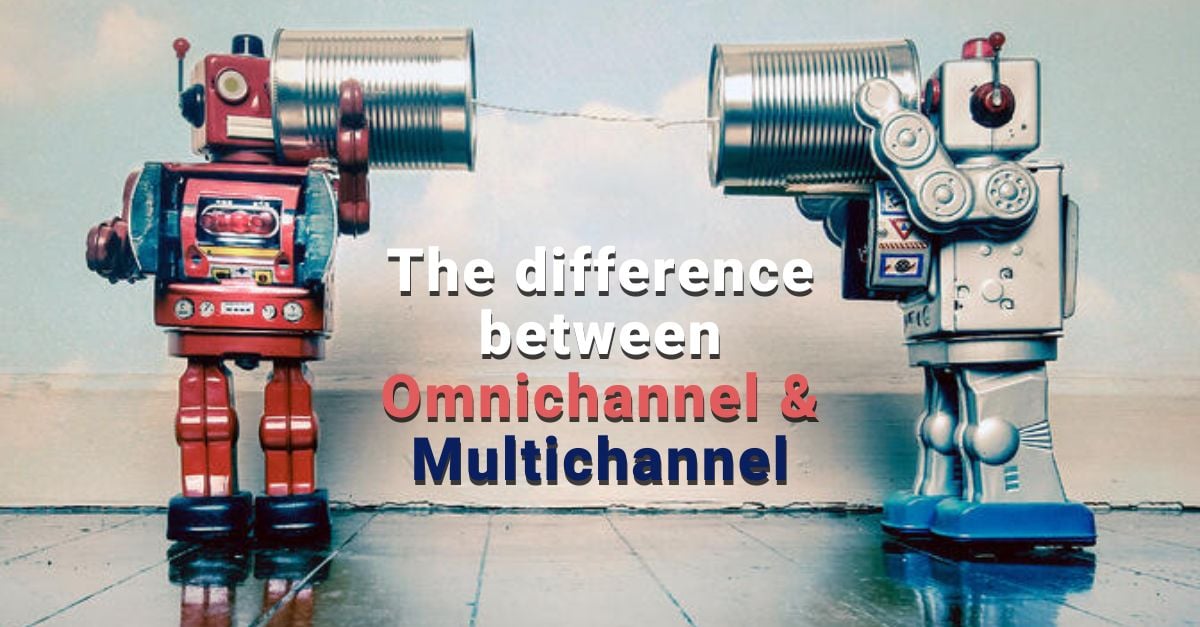By the most basic definition, multichannel communication means communicating in different channels, for example by previously mentioned phone calls, e-mails, and SMS – you name it.
In omni-channel we have the same usability of different communication channels, but by default those channels have to automatically work in conjunction.
In other words: Multichannel means multiple channels of communication. Omnichannel means an integrated approach between multiple channels of communication.
So Why Are Businesses Typically Communicating Multichannel but Not Omni-channel?
As purveyors and specialists of omni-channel technology, we have been struck with the question: why not utilise omni-channel solutions in more industries? In the end, we have come to the conclusion that there’s a lack of true omni-channel technologies.
Communication software is usually built on one specific channel, and other channels are possibly added as an afterthought. That presents a challenge for developers, and as a result there aren’t many solutions in the market with the architecture to support frictionless and automated cooperation between different channels.
Therefore the problem is that businesses would probably love to communicate in an omni-channel manner but just don’t have the proper tools for it.
Omni-channel Suits the Age of Mobility and Remoteness
How about the mobility of people and their remote style of working and living? Should we take that into consideration when developing our omni channel communication processes?
We believe that every company and brand definitely should.
As we all have seen during and after the COVID-19 pandemic, connectivity has become remote, and the most popular way to reach people is through mobile devices. Nowadays it typically means cellular phones, but in the future it may be some other kind of solution – a proverbial or perhaps a literal chip in the head.
That’s one simple reason why we are focusing all of our efforts into building a platform that will be a forerunner in omni-channel mobile communications.
Omni-channel Enables More Profitable Operations
In the 2020s most businesses and brands understand the necessity of serving customers in different channels. To survive in the digital environment, it is crucial to keep yourself up to speed with the benefits of modern omni-channel communication and automation, namely superior cost-efficiency, lower operating costs, and better return on investment ratio.
On-time has designed an automated communication solution which combines state-of-the-art multichannel systems that can provide an integrated omni-channel experience, which supports specific and high-value business processes and goals.

